'Never let the children of Freckleton air disaster be forgotten' says survivor of Second World War tragedy
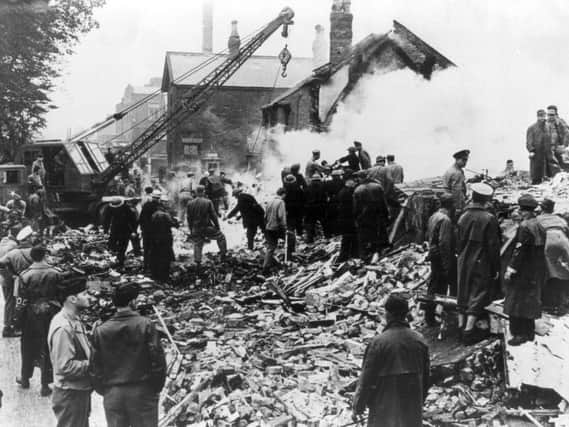

Eighty-year-old Ruby Currell survived the tragedy which claimed the lives of 38 of her classmates.
And now, as the landmark anniversary of the disaster is commemorated, she urges the village never to forget and continue to remember the young victims who never got the chance to grow old.
Advertisement
Hide AdAdvertisement
Hide AdShe said: “I just don’t want the children to be forgotten. That’s all I ask, that people don’t forget.
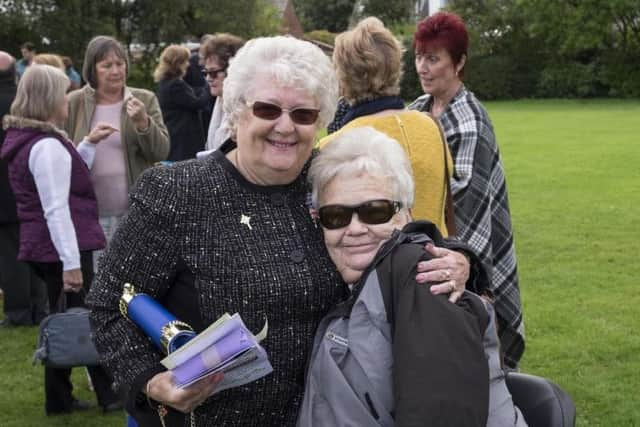

“I could turn up on my own and I would still do it. But people will always come. Nobody will ever be on their own on the 23rd. The village really came together for that.
“I was at the library last week and it was so nice to see the local children making flowers to remember the children.
“They decorated them and wrote wishes on them, and some of the things they wrote were so nice and heartwarming they brought me to tears.
Advertisement
Hide AdAdvertisement
Hide Ad“It doesn’t worry me that one day I won’t be here, because I’m sure that with all that has been done over the years, someone somewhere will bring it forward again. I don’t think the children will ever be forgotten.”
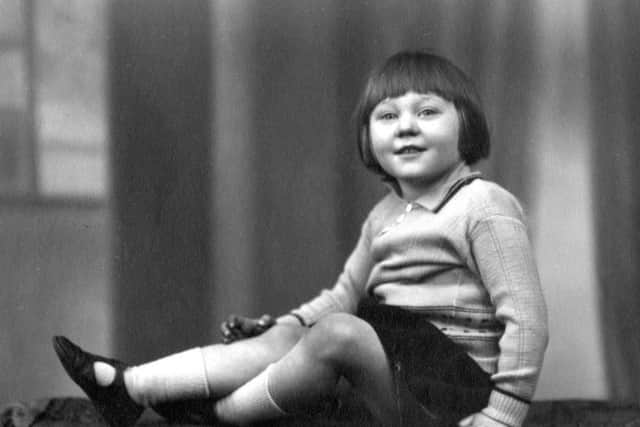

***
On the morning of August 23, 1944, a terrible storm descended on Freckleton the likes of which its youngest residents had never seen before.
Four, five, and six-year-olds at the Holy Trinity Church of England School had finished their morning prayers, and the large folding wall that separated the classrooms had been drawn across the hall.
Young teacher Jennie Hall, who was just 21 years old and had just finished her training, had stepped in to teach the five and six-year-olds as their regular teacher stayed at home to nurse her sick mother. Next door was Louisa Hulme, an experienced tutor who was looking forward to retirement that Christmas, and her class of four-year-olds.
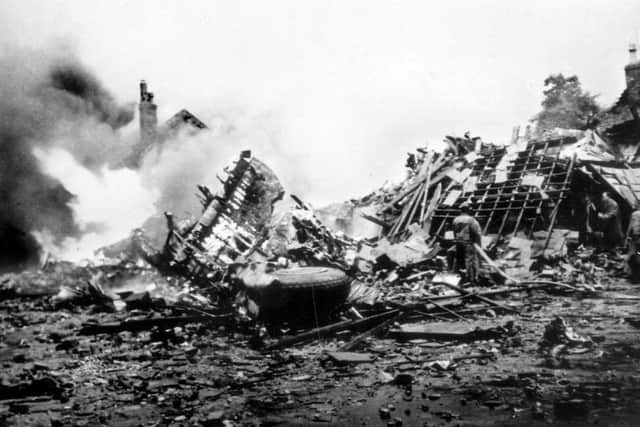

Advertisement
Hide AdAdvertisement
Hide AdThe classrooms were partially separated with a large partition, where children were to pin their proudest work for the upcoming term.
Miss Hall was just about to read her children a story when the tragedy struck.
From her little chair at the front of the classroom, near the door, five-year-old Ruby Currell heard the roar of a fighter jet engine fill the air - and saw her teacher fall to the floor.
“It started off a reasonably nice morning, but by 10.30am it went very, very dark - as dark as night,” Ruby, now 80 and still living in Freckleton, said. “That’s when we had to get the lights put on, for the teacher to see what she was doing.
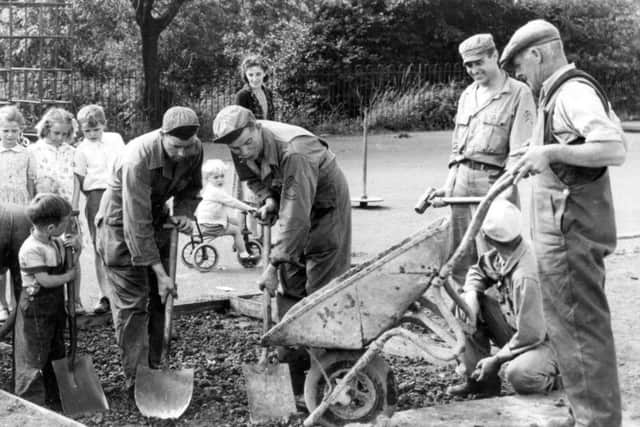

Advertisement
Hide AdAdvertisement
Hide Ad“Then all of a sudden it was noise, and I saw the teacher fall over.
“I looked over and saw a girl fall, and when she fell out of her desk I dived under mine.”
Flying overhead to the aerodrome in neighbouring Warton, American first lieutenant John Bloemendal had lost control of his B-24 heavy bomber plane and plummeted onto the peaceful village below.
He crashed into the Sad Sack Snack Bar, killing six American servicemen, an RAF airman and seven staff, before crossing Lytham road and bursting into flames in the school’s infant wing.
Advertisement
Hide AdAdvertisement
Hide AdSome 34 children and one of the teachers, Jennie Hall, were killed instantly.
Four other children and teacher Louisa Hulme later died in hospital from their injuries, along with an American serviceman and three RAF airmen.
Miraculously, none of the children in other parts of the school were hurt.
But only three children in the infant classrooms - Ruby, George Carey and David Madden - survived.
George died in 2015.
Advertisement
Hide AdAdvertisement
Hide AdRuby said: “The door came open a little bit, because there was a lot of rubble behind it, and two faces appeared. One was my headmaster, and one was an American airman.
“They were beckoning me to come out, but I wasn’t moving. Whether I wouldn’t move or couldn’t move, I don’t know.
“Between them they managed to get the door open enough for the airman to come in and pick me up. I didn’t speak. They ran me outside and put me in an ambulance, and by this time I must have been in a lot of pain because I was making an awful racket.”
Ruby spent six months in Warton Aerodrome’s hospital with severe burns covering half of her body. She was then taken to Altrincham Hospital.
Advertisement
Hide AdAdvertisement
Hide AdIt would be nearly a year and a half before she would set foot back in her home village, which had been badly scarred by the tragedy.
She said: “As I got older, there were one or two of the mothers who would look at me as if to say ‘I wonder what my daughter would be like?’. One lady used to cry every time she saw me. I would think ‘please don’t let me bump into her’. I didn’t want it to upset her.
“There was an article in a tabloid newspaper called The Reveille, and they wanted to know about ‘the village of missing girls’.
“Sometimes there would be a bit of thunder and I would want to go home. I wouldn’t want to stay in the school. And there were times where perhaps on the way home we’d hear thunder in the distance and I would just shoot into somebody’s house, and it didn’t matter whose house it was, because people knew what we went through.”
Advertisement
Hide AdAdvertisement
Hide AdSome children who should have been in the obliterated classrooms escaped the devastation because they were ill.
One boy had fallen and scraped his leg, and had been sent home by the head teacher to get himself cleaned up.
“For some parents it was especially hard because they had lost their only child,” Ruby, who lost her two friends, Georgina Lonsdale and Judith Garner, in the crash, said. “Their only child died and they weren’t of an age to have any more.”
Following the air disaster, American troops based in Warton reached out to the people of Freckleton to help rebuild their shattered community.
Advertisement
Hide AdAdvertisement
Hide AdA memorial garden and children’s playground were set up in August 1945 using money raised by the American troops. A fund for a memorial hall was also set up, and the hall was finally opened in September 1977.
In 2007, a marker was placed on the site of the accident.